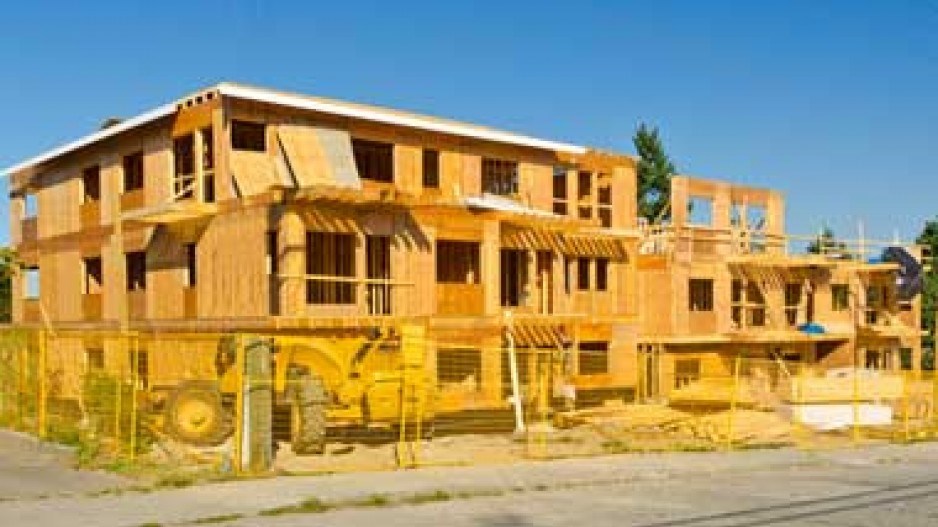British Columbia drove a national increase in housing starts, reversing three consecutive monthly declines.
“If you demand it, they will build it,” said Diana Petramala, economist for TD Canada Trust in a note to investors. “The housing dialogue in Canada has quickly shifted to supply-side dynamics. Ultimately, the rise in home prices has been both a demand and supply story.”
There is a clear demand for housing, especially in Canada’s metropolitan centres, with housing spending increasing by almost 60% since 2014 in Vancouver and Toronto.
During this past month, housing starts, the number of housing units that began construction, was at its highest rate since September.
The biggest increase came from British Columbia, which saw new housing construction increase 38%. Ontario and the Prairie provinces also saw increases of 27% and 9% respectively. Both Quebec and the Atlantic provinces are down after large jumps in May.
Housing starts in British Columbia increased from 35,000 in May to 48,000 in June.
A 27% increase in multi-unit construction was primarily responsible for the rise in housing starts. British Columbia saw the number of multi-unit housing starts increase from 24,000 to 38,000.
British Columbia saw a small drop in the number of single-family houses that started construction last month, falling from 11,000 to 10,000. Single-family housing starts are up 17% in Vancouver over the year, and were up 1.7% nationally in June.
According to Petramala, this extended an upward trend in single-family construction that began mid 2015.
However this high rate of growth is temporary and unlikely to continue, according to the senior economist at RBC, Nathan Janzen.
“The jump in starts in June was concentrated in a surge in the volatile multiple-unit component which, coupled with a lower level of permit issuance in May suggests the lofty level of activity in the latest month is unlikely to be sustained in the near-term,” said Janzen in a note to investors.
Although this rate of growth may not continue, high housing demand, which is primarily responsible for the increase in construction, is likely to lead a rise in residential investment in 2016, according to Janzen.
Aside from high demand, low interest rates are also contributing to the growth in the housing market.
According to Petramala, the standard five-year fixed mortgage rate ranges from 2.2% to 2.6%. Low interest rates will likely boost growth until 2017, when predicted higher interest rates “take steam out of overall housing activity.”
Petramala says there is relative strength in the housing market and the combination of low interest rate, unappeasable Vancouver demand and the rebuilding of Fort McMurray will continue to grow the housing industry through 2016.




